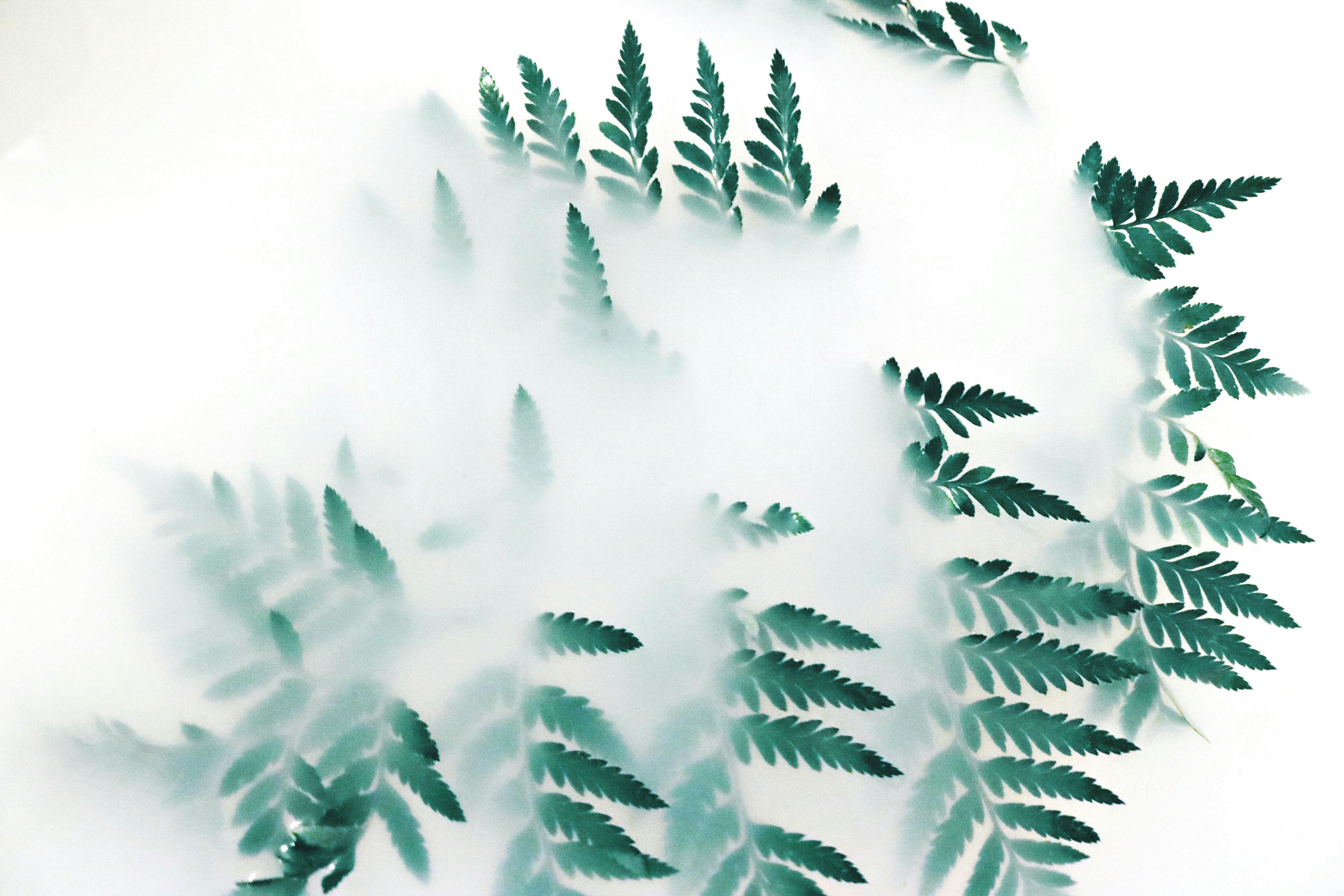The Western Sword Fern Plant is a perennial evergreen fern native to western North America. It is popular as an ornamental plant, and is widely used in gardens, parks and other public spaces. The plant features long sword-like foliage that can reach up to two feet in length. The Western Sword Fern has a low-maintenance nature and requires minimal care, making it suitable for both beginner and experienced gardeners alike. Its ability to thrive in a variety of conditions makes it a great choice for adding a lush, green look to any landscape.The Western Sword Fern is a large, evergreen perennial fern native to western North America. It has long, leathery fronds that are divided into numerous narrow, pointed leaflets. The leaflets are shiny green and leathery in texture. The plant grows up to two feet tall and three feet wide and prefers shady locations with plenty of moisture. It is an excellent choice for shady areas of the garden and makes an attractive ground cover.
Contents
Leaves
The Western Sword Fern is a fern that has long, sword-shaped leaves. These foliage leaves are bright green and can reach up to 3 feet in length. The leaves have a leathery texture and are arranged in an alternate pattern along the stem. Each leaf has a pointed tip and is divided into two parts with rounded lobes at the base. There are also small black spots on the back of the leaf which contain spores used for reproduction.
Foliage
The foliage of the Western Sword Fern is evergreen and can remain green year round. The fronds are quite dense, creating a lush appearance in gardens or landscapes where it is grown. The plant also produces new fronds each year to replace those that have died off, making it an ideal choice for areas where other plants may not survive due to harsh climate conditions.
Habitat
The Western Sword Fern is native to western North America, particularly in California, Oregon, Washington, and British Columbia. It prefers moist environments and is often found growing near rivers or streams. The plant can also be found in shaded woodlands or open meadows where there is plenty of moisture available for growth.
Growth
The Western Sword Fern grows best when planted in moist soil that has good drainage. It can tolerate some sun but prefers partial shade to full sun exposure. It does not need much fertilizer but will benefit from an occasional application of balanced fertilizer throughout the growing season. The plant will spread quickly if given enough moisture and adequate nutrition, making it an excellent choice for ground cover or erosion control applications in landscaping projects.
Climate Requirements for Western Sword Fern Plant
Western Sword Ferns prefer a moist, humid climate. They will do best in an area with plenty of shade and protection from the wind. These ferns need a consistent amount of water, so you will want to make sure the soil is kept slightly moist at all times. It is important to provide adequate air circulation and light for the fern to thrive. The ideal temperature range for Western Sword Ferns is between 60-75°F (15-24°C). It is important not to let the temperatures drop below 50°F (10°C) or get too hot, as this can cause damage to the plant. It is also important to monitor the humidity levels in your home, especially during the dry winter months. Keeping a humidifier nearby can help keep your Western Sword Fern healthy and vibrant.
Western Sword Ferns are quite hardy and can survive even in poor soil conditions. However, it is best to provide them with well-draining soil that is rich in organic matter. A good potting mix should contain peat moss, perlite, composted bark, and/or coir (coconut fiber). Adding some slow-release fertilizer to your potting mix every few months will help keep your plant healthy and vibrant.
Soil Type for Western Sword Fern Plant
Western Sword Ferns can be grown in a range of soil types and prefer moist, nutrient-rich soil. They can tolerate a wide range of pH levels, so they are versatile plants to grow in different settings. When planting outdoors, it is important to choose a location that has well-draining soil. If you are growing them indoors, use a potting mix with good drainage and aeration. If the soil is too wet or soggy, the roots may rot. Western Sword Ferns can also benefit from the addition of organic matter such as compost or manure to improve the structure and fertility of the soil. In general, they do not require regular fertilization but may need it if the soil is very poor in nutrients.
Western Sword Ferns are ideal for growing in shady areas with light to moderate amounts of sunlight. They do not like full sun as this will cause scorching of their leaves and may stunt their growth. They can tolerate some drought conditions but will benefit from an occasional deep watering during periods of extended dryness.
Western Sword Fern Plant Water Requirements
The Western Sword Fern (Polystichum munitum) is a hardy evergreen fern native to the western United States and Canada. It is a low-maintenance plant that thrives in moist, shady locations and can even tolerate some drought conditions. It is an excellent choice for planting in yards, gardens, containers and along pathways. While this versatile plant requires less water than other plants, it still needs an adequate amount of water to stay healthy and vibrant.
Watering should be done regularly throughout the active growing season, which typically begins in late spring and extends through fall. The soil should be moist but not soggy, as too much water can cause root rot. During periods of hot weather or extended dry spells, it may be necessary to water more frequently to keep the soil from drying out completely. In cooler weather, watering can be reduced slightly as the plant will use less moisture to stay healthy.
It is important to avoid over-watering Western Sword Ferns as this can damage the roots and lead to diseases such as root rot or fungal infections. To ensure proper moisture levels, check the soil around the fern before watering; if it feels dry an inch or two below the surface then it’s time to water again. An occasional deep soaking will help promote healthy root growth and ensure your fern stays strong all season long.
In conclusion, while Western Sword Ferns are considered low-maintenance plants they still require a certain amount of water in order to thrive. Make sure you check the soil regularly and provide enough moisture during active growing seasons but not too much that could lead to problems such as root rot or fungal infections. Watering deeply but infrequently will help keep your fern looking its best all season long!

Growing Requirements for Western Sword Fern Plant
Western sword fern (Polystichum munitum) is a hardy, evergreen fern that can be grown in many climates. It is native to the west coast of North America, from southern Alaska to northern California. The plant can grow in full sun or partial shade and prefers moist, acidic soil. The fronds of the plant are light green to dark green and can grow up to two feet long. The leaves are lance-shaped and leathery with small spines along the edges. Western sword ferns make a great addition to any garden or landscape, providing texture and color year round.
Western sword ferns should be planted in well-drained soil enriched with organic matter such as compost or peat moss. The plant prefers soil that is slightly acidic with a pH between 5.5 and 6.5. It will also tolerate mildly alkaline soils with a pH up to 7.5, but it may not thrive as well in these conditions. The plant should be watered regularly during the growing season, but allowed to dry out between waterings in the cooler months of winter and early spring.
Western sword ferns are relatively low maintenance plants that do not require much pruning or fertilizing once established, though they may benefit from an occasional application of a balanced fertilizer during the growing season if desired. Pests and diseases are rarely an issue for this durable fern species, making it an ideal choice for areas where other plants may struggle due to harsh conditions or neglectful gardeners.
Watering
Western Sword Ferns prefer to stay moist, but not waterlogged. Water them when the soil feels dry to the touch, making sure to saturate the entire root ball. They should be watered at least twice a week, more often in summer and less in winter. It is best to water in the morning, so that any excess moisture can evaporate before nightfall.
Light
Western Sword Ferns prefer bright, indirect light. Provide some shade during the hot summer months and make sure that they receive at least four hours of direct sunlight each day. Avoid placing your fern near a drafty window or near a heating/cooling vent as this can cause the leaves to dry out quickly.
Fertilizer
Fertilizing your Western Sword Fern on a regular basis will help promote healthy growth and lush foliage. Use an all-purpose liquid fertilizer at half strength once every two weeks during spring and summer months. Do not fertilize during fall and winter months as this could damage the plant’s roots.
Temperature
Western Sword Ferns thrive in temperatures between 65-80 degrees Fahrenheit (18-27 degrees Celsius). They should remain indoors during cold weather periods, as temperatures below 50 degrees Fahrenheit (10 degrees Celsius) can cause damage to their delicate leaves and stems.
Pruning & Grooming
Western Sword Ferns benefit from occasional pruning and grooming. Remove any dead or damaged leaves with pruning shears or scissors. You may also want to trim unruly fronds for a more uniform look. Be sure to sterilize your pruning tools before using them on other plants.
Humidity
Western Sword Ferns prefer high humidity levels; ideally 50% or higher is best for healthy growth and foliage development. To increase humidity levels around your fern, mist it with lukewarm water regularly or use a humidifier in its vicinity.


0 Comments